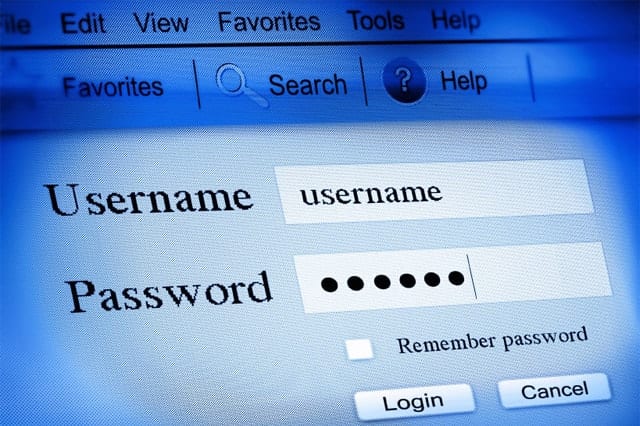If you’re using “123456”, “abc123” or “qwerty” as your password, you’re doing it wrong. Protect your online accounts with something that’s more complicated, and each important account must be protected with its own, unique password. Here’s how you can remember them all without relying on a password manager.
You need a sequential pattern that’s easy for you—but hard for others—to follow or decode. The more steps you add to your pattern, the better. Here’s a sample pattern for generating a password:
- Use the domain name as the first half of the password. If it’s too long, use its first syllable.
- Add a number sign (#) after the third character.
- Append a common word or name. (For this example, let’s use geek.)
- Insert underscores at the beginning and end.
- Capitalize the first and last letters.
- Pick some letters to convert to leetspeak. (For this example, we convert e to 3 and t to 7, regardless of capitalization.)
So using this 5-step pattern, a Facebook account would have _Fac#3bookg33K_ as the password and a Twitter account would have _7wi#773Rg33K_. With this pattern, every one of your online accounts can then have their own unique passwords. You don’t need to remember them all, as long as you have committed your pattern to memory.
There are many other methods you can add to your own pattern for forming a secure password. You can use acronyms, mix the letters of two words, reverse the letter arrangement or translate words to your dialect. Make sure you have enough steps to generate a long password, and that these steps conform to the password restrictions of websites. For instance, some sites require passwords that are at least eight characters long.


